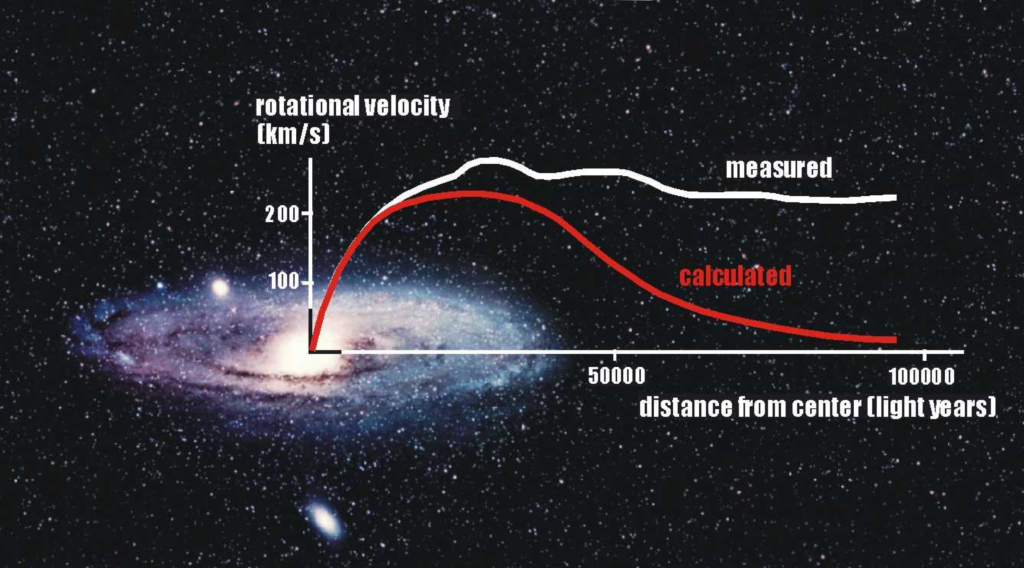
What is the universe made of? Observations of gravitationally-bound systems (such as galaxies and clusters of galaxies) hint at there being much more matter than we can see. For example, we can measure the velocity of spiral cavities at different points from their centers. When we construct their rotation curves, we see they remain constant as far out as we can measure. This is inconsistent with the fall-off one would expect if all of the gravitating mass was solely visible stars.
In fact, atoms that make up everything we can see only account for about 16% of matter in the universe. We refer to the rest as the dark matter. Together, atoms and dark matter make up about a third of the total energy density of the universe (the rest is called dark energy).
No one knows for certain what the dark matter is made of. Many theories have been proposed, including axions. Axions are a candidate for cold dark matter (CDM). This is dark matter which is at the same temperature as the background in the universe. Find out more about axions.
